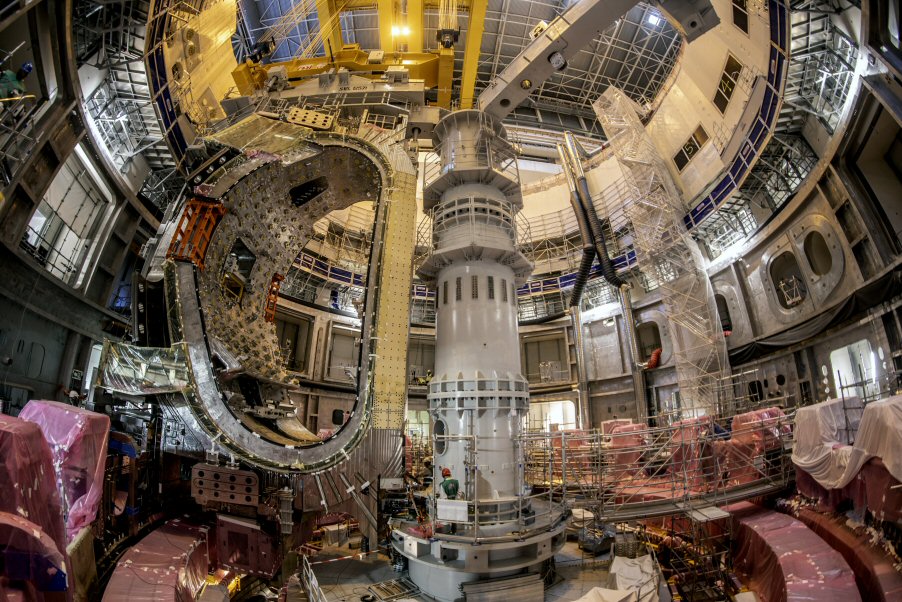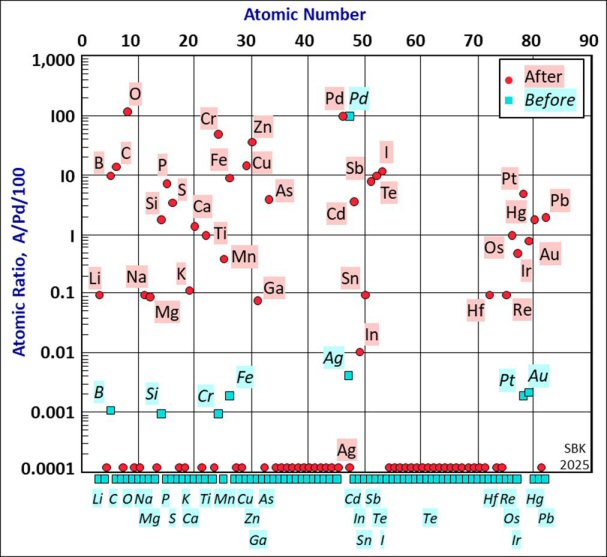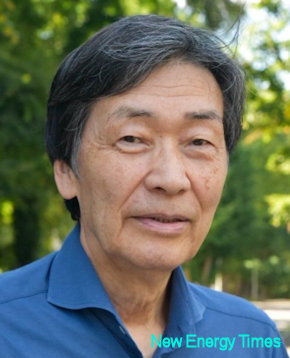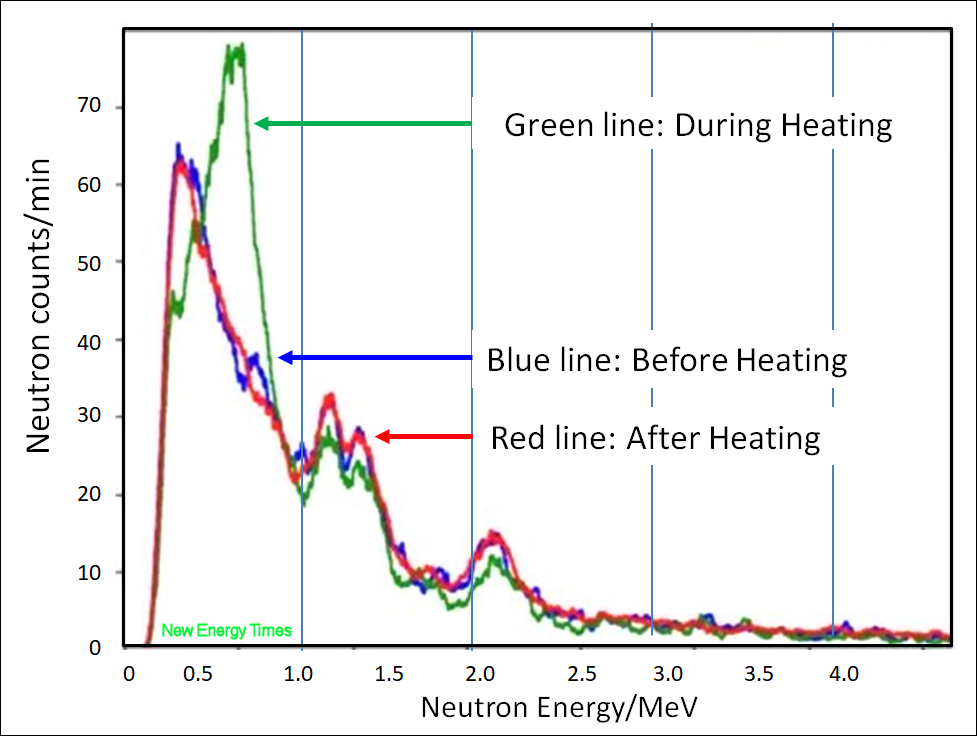
Safety defects in the nuclear reactor core caused a three-year suspension in the ITER reactor assembly.
April 29, 2025
By Steven B. Krivit
The ITER organization, responsible for the International Thermonuclear Experimental Reactor (ITER) project, issued an embargoed press release yesterday. This is a cautionary note to journalists about that press release.
The ITER project was founded on the false and misleading claim that the overall reactor is designed to produce 500 megawatts of power from only 50 megawatts of input heating power, thereby demonstrating a tenfold reactor power gain.
So that you do not inadvertently perpetuate this deception to readers and viewers, be advised that the 50-megawatt value does not include the power to operate the reactor. The reactor will require at least 440 megawatts of electricity to produce 500 megawatts of fusion. Full details on the power values are here.
The ITER organization’s press release came just one day before a scathing article published today in the journal Public Understanding of Science from the former spokesman of the ITER organization, Michel Claessens. The article is titled “From Science Communication to Systemic Public Deception: The Case of the ITER Big Science Project.”
Claessens was the head of communications and external relations in the ITER Organization from April 2011 to March 2015. In 2021–2022, while Claessens was preparing the second edition of his book on ITER, previous colleagues at the ITER Organization sent him evidence of mismanagement, unlawful
terminations, and illegally modified contracts. He also learned about mass staff resignations, data manipulations, and decisions that adversely impacted nuclear safety. On Nov. 2, 2021, he submitted a whistleblower report to the President of the European Commission, the European Parliament and the ITER Council which documented “how the ITER top management behaves outside the norms of science ethics.”
Since its inception, the ITER organization has lied to the public, news media, and elected officials about the primary scientific objective of the project. New Energy Times has covered this in-depth and in detail for nine years. For newcomers to this matter, this Web page on our site is a good place to start.
Our investigation and reporting have led to worldwide corrections among major institutions, including the ITER organization itself, the World Nuclear Association, the European Commission, Institut de Radioprotection et de Sûreté Nucléaire, the U.K. Atomic Energy Authority, the International Energy Agency, and the European Parliament.
New Energy Times has published more than 150 news articles on misleading and false fusion claims, mostly about ITER. The full list is here:
https://news.newenergytimes.net/iter-timeline-of-news-reports-corrections-and-retractions/
We have been in direct communication with Pietro Barabaschi, the current Director-General of the organization and Laban Coblentz, the Head of Communication. Both of them said they were committed to scientific integrity and being more transparent in their public communications. Yet time after time, their actions have shown otherwise.
The following is a partial list of our articles specifically involving the leadership of the ITER organization:
Open Letter to ITER Director-General About ITER Power Claims (Nov. 3, 2020)
Omitting the ITER Input Power – Bigot and Coblentz’s Roles (Nov. 14, 2020)
Events Leading to the False Claims in Laban Coblentz’s Press Release on Behalf of the ITER Organization (Oct. 16, 2021)
ITER Director-General Makes False Power Claim to French Senate (Nov. 3, 2021)
Head of ITER Organization Withdraws Reactor Net Energy Claim (Nov. 15, 2022)
ITER Organization Confirms 440 MW Electrical Input Requirement for Reactor (Dec. 23, 2022)
Open Letter to Pietro Barabaschi, Director-General of ITER (April 15, 2023)
Response From Pietro Barabaschi, Director-General of ITER (May 2, 2023)
ITER Organization Makes, and Corrects, Another False Power Claim (July 16, 2024)
Three years ago, French nuclear authorities ordered a halt to assembly of the core of reactor because the main sections of the reactor, called vacuum vessel sectors, were defective. New Energy Times broke that story on Feb. 21, 2022. The ITER organization completed the repair of the first sector and lowered it into the reaction chamber on April 10, 2025.
ITER is the largest and most expensive science project on Earth. It is funded by taxpayers from China, Europe, India, Japan, Korea, Russia, and the United States. The estimated cost, provided by the U.S. Department of Energy in 2018, was at least $65 billion. The ITER organization claims the cost is only $22 billion. That figure excludes the cost of components coming from overseas.






